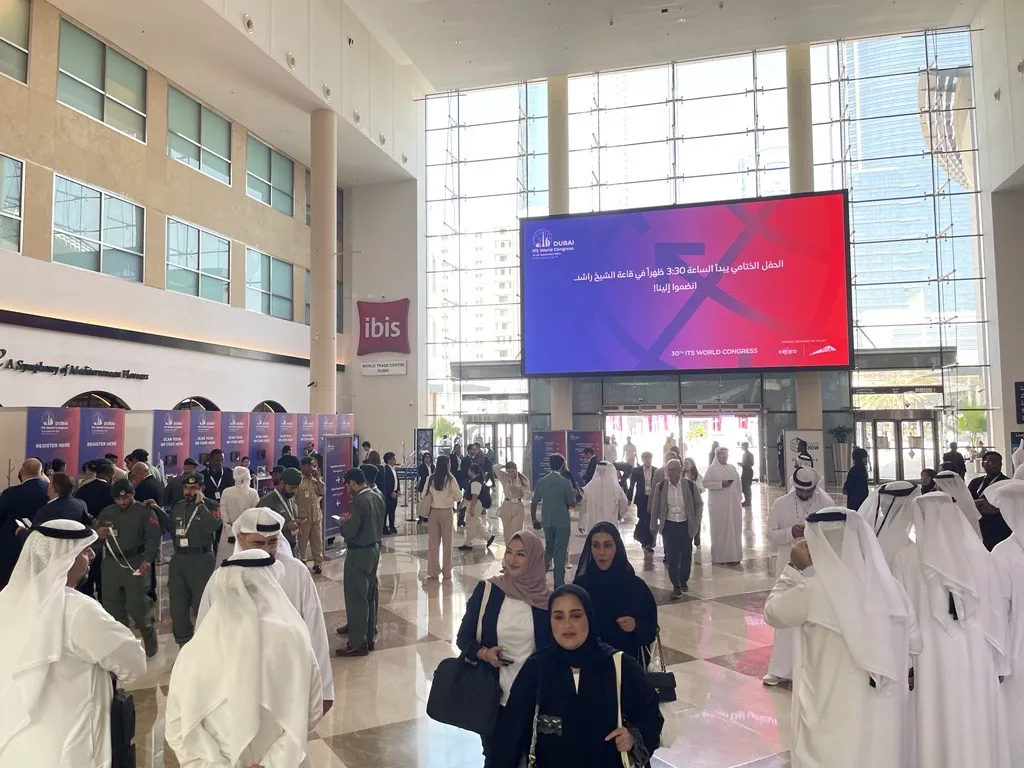
Visitors to the company’s stand will experience the latest NXP solutions for the ITS market. A highlight of the showcase will be latest generation of its DSRC-based V2X solution.
NXP says its RoadLink SAF5400 is the world's first automotive qualified, high-performance single-chip DSRC modem. Its state-of-the-art scalable architecture, industry-leading features such as fastest startup time, longest range, dual digital antenna diversity and leading-edge software defined radio (SDR) technologies offer car makers flexible options for global V2X adoption and field upgradeability. NXP says its DSRC modem is the first and only chip that integrates V2X support for global markets, including Japan 760 MHz band.
NXP is also highlighting its connectivity solutions through a state-of-the art demonstrator. Participants can explore the demonstrator ‘Experience Centre’ for a first-hand look at how NXP technology helps cars interact with the outside world. In addition, the Technical University of Hamburg’s ‘Egnition’ student team will be onsite with the EGN18 electric racing car, loaded with NXP production-proven technology.
Stand C3-012










